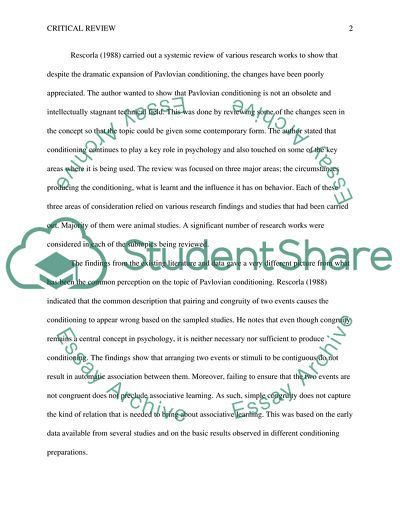Cite this document
(Issues of Pavlovian Conditioning Literature review, n.d.)
Issues of Pavlovian Conditioning Literature review. https://studentshare.org/psychology/1863423-critically-write-a-review-of-pavlovian-conditioning-its-not-what-you-think-it-is
Issues of Pavlovian Conditioning Literature review. https://studentshare.org/psychology/1863423-critically-write-a-review-of-pavlovian-conditioning-its-not-what-you-think-it-is
(Issues of Pavlovian Conditioning Literature Review)
Issues of Pavlovian Conditioning Literature Review. https://studentshare.org/psychology/1863423-critically-write-a-review-of-pavlovian-conditioning-its-not-what-you-think-it-is.
Issues of Pavlovian Conditioning Literature Review. https://studentshare.org/psychology/1863423-critically-write-a-review-of-pavlovian-conditioning-its-not-what-you-think-it-is.
“Issues of Pavlovian Conditioning Literature Review”. https://studentshare.org/psychology/1863423-critically-write-a-review-of-pavlovian-conditioning-its-not-what-you-think-it-is.


